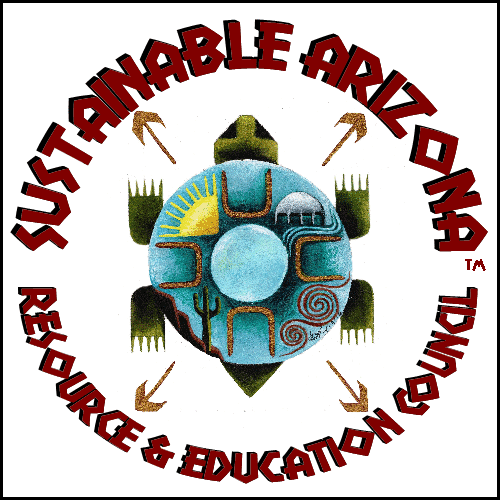 Baltimore, MD—Maryland electric customers will save more than $4 billion due to energy efficiency improvements made at homes and businesses through a successful Maryland program, according to a first-of-its-kind study from the American Council for an Energy-Efficient Economy (ACEEE). The study, co-authored by a former Maryland Public Service Commission energy analyst, highlights how the first phase of EmPOWER Maryland has yielded substantial economic growth and environmental benefits across the state.
Baltimore, MD—Maryland electric customers will save more than $4 billion due to energy efficiency improvements made at homes and businesses through a successful Maryland program, according to a first-of-its-kind study from the American Council for an Energy-Efficient Economy (ACEEE). The study, co-authored by a former Maryland Public Service Commission energy analyst, highlights how the first phase of EmPOWER Maryland has yielded substantial economic growth and environmental benefits across the state.
EmPOWER Maryland, enacted in 2008, created energy efficiency programs that are offered through the state’s five largest electric utilities. The program helps homeowners and businesses save energy, partly by offering incentives and technical assistance for adding insulation, sealing air leaks, and installing more efficient appliances. It also facilitates efficient commercial lighting and other improvements at industrial facilities.
ACEEE’s study reveals that EmPOWER Maryland has produced significant benefits, including:
- More than $4 billion in savings in total customer bills over the life of the improvements, which were made between 2008 and 2015;
- $1.81 in benefits for every dollar spent on energy efficiency measures as a result of lower wholesale prices for energy, savings from reduced need to build new power plants and power lines, reduced air pollution, and reduced need for electricity production;
- Total lifetime energy savings of more than 51 million megawatt hours, equivalent to the electricity used by 850,000 residential customers over five years;
- Reduced emissions of nearly 19 million metric tons of carbon dioxide, more than 34 million pounds of nitrogen oxides, and nearly 78 million pounds of sulfur dioxide over the lifetime of the programs.
The full study can be viewed at: http://aceee.org/research-report/u1701
“EmPOWER Maryland is an unqualified success story for the state,” said Brendon Baatz, study co-author and utilities policy manager at ACEEE. Yet despite its achievements, Baatz believes the program’s future is not guaranteed: “With Phase One of the program complete, Maryland regulators must now renew their support for EmPOWER Maryland so that consumers and businesses can continue to reap the benefits of lower utility bills and cleaner air.”
“EmPOWER has proven critical for helping us improve the energy efficiency of our affordable multifamily properties, which lowers utility costs and provides healthy homes for our residents” said Trisha Miller, sustainability director for WISHROCK. “At Windsor Valley Apartments, EmPOWER helped fund efficiency improvements that are expected to reduce utility bills by as much as 20% per year. Without EmPOWER, the upfront costs of making these upgrades can be prohibitive in the affordable housing industry.”
The first phase EmPOWER Maryland aimed to reduce per capita electricity usage 10% and peak electricity demand 15% by 2015. The Maryland Public Service Commission, in its annual report to the legislature in 2015, concluded that state utilities achieved 99% of the per capita consumption goal and 100% of the per capita demand reduction goal.
Due in part to the EmPOWER Maryland program, Maryland now ranks as the ninth most energy-efficient state in the nation, according to ACEEE.

 The growth of distributed energy generation — particularly in the form of solar energy — leaves the aging, monopolistic electric utility system a daunting choice: Come out swinging in defense of the status quo or boldly jump into the cockpit, put on the co-pilot’s hat and fly toward the clean energy future.
The growth of distributed energy generation — particularly in the form of solar energy — leaves the aging, monopolistic electric utility system a daunting choice: Come out swinging in defense of the status quo or boldly jump into the cockpit, put on the co-pilot’s hat and fly toward the clean energy future.